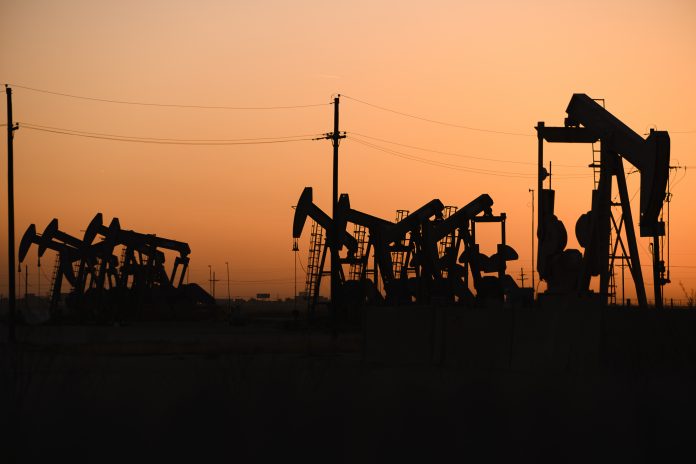
Oil and natural gas prices are always somewhat unpredictable, owing to a bundle of national and international factors, but oil is presently looking stout for the next six months to a year while gas has a puncher’s chance to turn things around.
Odessa oilman Kirk Edwards, State Rep. Brooks Landgraf and Waco economist Ray Perryman say the scenarios are as always intriguing.
West Texas Crude Oil was drawing $78.21 per barrel Thursday and gas $2.198 per thousand cubic feet.
“Oil prices have been fairly steady this past year or so and it has everything to do with OPEC and its cartel being able to limit excess crude that they could easily put on the market at a moment’s notice,” Edwards said. “To me OPEC is happy with the $70-$80 range for oil prices and their tactics have seemed to work well this time and members have stayed in line.
“In previous years, OPEC members would over-pump and that would draw the ire of Saudi Arabia. I think the OPEC members now know and understand that what Saudi wants Saudi should get.”
Edwards said American producers, too, are very happy with the oil price range right now and are reluctant to over-drill, being content to keep the status quo of rigs running along with other oilfield activities.
“Natural gas prices are a different story as the massive amount of oil coming from the Permian Basin has created an enormous glut of natural gas and is keeping the gas price very low,” he said. “To me, it will stay low for the next few months until an event happens to take excess gas off the market like a cold winter, a hurricane or increased sales of liquefied natural gas.
“If those do not happen, natural gas will remain low in 2025 also.”
Landgraf said various factors such as geopolitical events and national energy policies can make it difficult to pinpoint the exact trajectory of oil and gas prices, but it is certain that the Basin is a resilient and adaptable region central to global energy production.
“Ongoing investments in pipeline infrastructure are improving our capacity to efficiently transport crude oil, easing regional bottlenecks and strengthening our market position,” Landgraf said. “Indeed oil prices have recently stabilized in the $70-80 range according to the U.S. Energy Information Administration, but regardless of any market fluctuations the Permian Basin remains indispensable in meeting our nation’s energy needs and is well-prepared to navigate any challenges ahead.”
Perryman said commodity markets, particularly oil and gas, are always volatile and subject to unpredictable forces having significant impacts.
“A number of factors affect the prices of oil and natural gas and the extreme complexity of the market contributes to both price volatility and uncertainty,” Perryman said. “An event such as a major escalation in the conflicts around the world could disrupt supplies and cause prices to rise, for example, changing the outlook significantly.”
The economist said four trouble spots could have profound impacts on the market at any moment. Those are the war between Russia and Ukraine, the Israel-Hamas war and the possible intervention of Iran, missile attacks by the Houthi terrorists on shipping in the Red Sea and a territorial dispute between Venezuela and oil-rich Guyana.
“There is reason to believe that oil prices will rise somewhat through the end of the year,” Perryman said. “One reason is that global inventories are falling due in part to ongoing OPEC-Plus production cuts.
“However, even as supplies moderate, demand is projected to decline as well due to slower economic growth in China in particular. On balance, it appears the most likely case is that prices will rise slightly over the next few months and then return to the mid-$70s to $80 range and remain fairly stable through next year.”
Perryman said natural gas prices are likely to trend upward to some extent over the next year or so.
“One reason is typical seasonal changes while another is the expected ramping up of LNG exports as some of the facilities that are near completion come online,” he said.
Over the longer term, Perryman said, the rapid increase in demand for electricity will add to natural gas demand and pipelines will help move gas out of the Permian Basin and other areas where there is excessive production relative to transmission capacity.
“Oil and natural gas prices are extremely difficult to project given the wide variety of factors that can change prices rapidly,” he said. “An extreme weather event, for example, could cause natural gas prices to increase quickly. Based on underlying supply and demand factors, however, it appears that oil prices will remain fairly stable with some increase in natural gas prices.
“Over a more extended time horizon, there is going to be strong global demand for both oil and gas and prices will be sustained at levels sufficient to support the needed investment and production.”



